
In this prospective study at a university veterinary hospital, 20 healthy adult cats (6 to 24 months of age) were divided into two groups and underwent left forelimb unilateral scalpel or CO2 laser onychectomy.

In this prospective study at a university veterinary hospital, 20 healthy adult cats (6 to 24 months of age) were divided into two groups and underwent left forelimb unilateral scalpel or CO2 laser onychectomy.

In this prospective clinical study from a private practice referral hospital, the recoveries of 51 nonambulatory dogs with thoracolumbar intervertebral disk disease treated with hemilaminectomy and without methylprednisolone sodium succinate were evaluated.
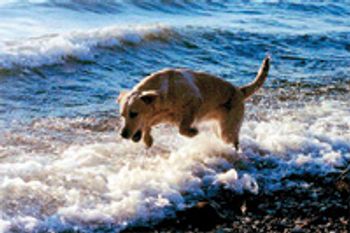
Thoracic trauma is common in dogs and may result in marked morbidity and mortality because of injury to the lung parenchyma (pulmonary contusion), pleural space (hemopneumothorax), great vessels, thoracic wall (rib fractures), diaphragm, or myocardium.

Acesarean section (hysterotomy) is scheduled or performed on an emergency basis.
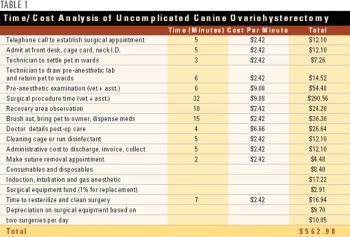
How much of your income is due to your performing surgery? Perhaps 15 percent? Even 20 percent?
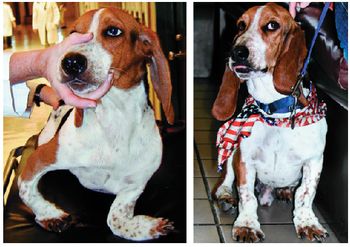
Angular limb deformities are common orthopedic conditions in dogs, and a wide variety of deformities can occur. These deformities have most commonly been described in the canine antebrachium.

Infections occur infrequently, but can be months after the implantation, from hematogenous spread.
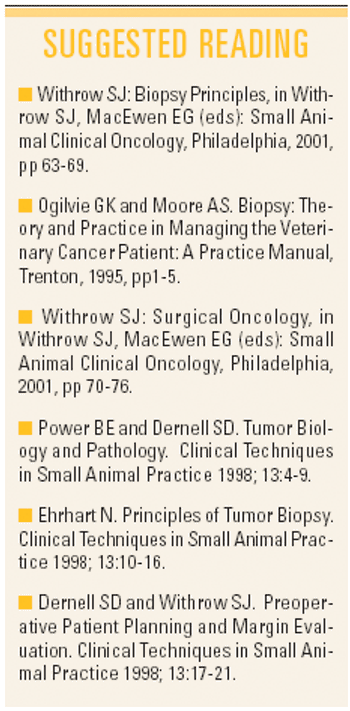
Bone aspirates are becoming increasingly more useful in diagnosis of ... bone lesions. needed

Small-animal practitioners commonly evaluate patients because of foreign body ingestion, and subsequent small bowel resection is a common treatment.

After surgery, aspirate the clean saline solution remaining in the surgery bowl via pulsatile action and flush out the suction tubes.
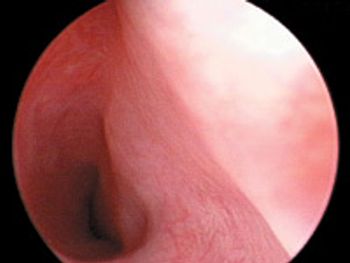
An 8-week-old 16.5-lb (7.5-kg) female Labrador retriever puppy was presented for evaluation of urinary incontinence. The puppy's incontinence had been present since the owner obtained the puppy at 4 weeks of age.
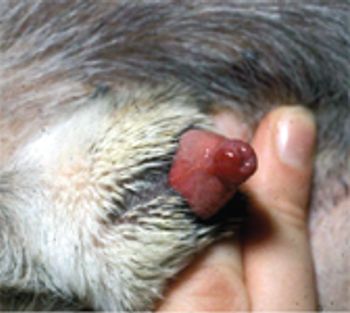
A 3-year-old male non-castrated English Bulldog was admitted to the Veterinary Medical Center because of intermittent episodes of gross hematuria of two months' duration.

Mandibular symphyseal fractures are usually repaired by placing cerclage wire around the mandible or figure-eight cerclage wire around the lower canine teeth.

In this retrospective study from a veterinary teaching hospital, the medical records of 48 dogs treated for massive hepatocellular carcinoma were reviewed to determine clinical features and prognostic factors.

In this retrospective study from a veterinary teaching hospital, the medical records of 138 dogs (1997-2000) with a surgically removed gastrointestinal (GI) foreign body were reviewed to determine whether acid-base or electrolyte abnormalities were related to the site or type of foreign body.

In this retrospective study from a veterinary clinic in Regina, Saskatchewan, 17 cases of feline cranial cruciate ligament injury treated between 1997 and 2004 are described.
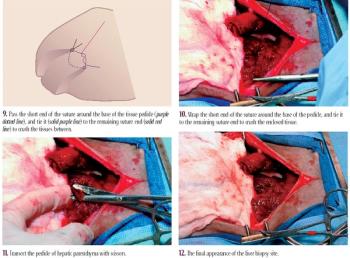
In patients with known or suspected liver disease, obtaining a biopsy sample is often indicated. This article features guidance on when and how to perform a surgical hepatic biopsy.
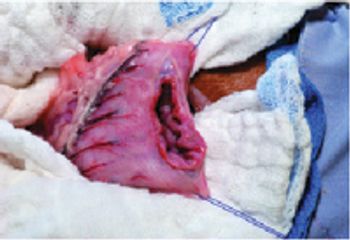
Gastrotomy is a routine and relatively safe surgical procedure with several indications, but appropriate technique is vital to preventing complications.
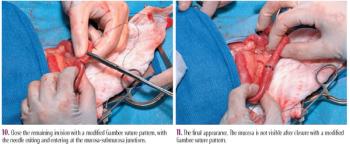
You may be hesitant to perform a full-thickness incisional biopsy to obtain an intestinal tissue sample, but in many cases, this technique is preferred. In this article, we review when incisional biopsy is best and provide a simple step-by-step guide to the procedure to increase your confidence.
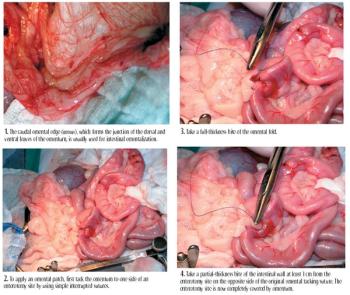
Omentalization, the placement of omentum around organs or within cavities to improve vascularization or drainage, has been used in a variety of abdominal, thoracic, oncologic, and reconstructive surgical procedures.

The articles in this symposium provide an overview of indications, techniques, and complications related to a variety of gastrointestinal surgical procedures.
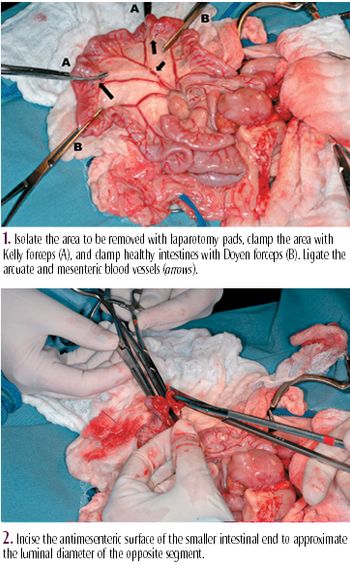
Intestinal anastomosis is an important surgical procedure that connects two sections of the intestines once a diseased portion has been removed. A key concern is to prevent leakage at the anastomosis site and subsequent peritonitis, but this complication can be avoided if the procedure is done correctly and preventive measures are taken.
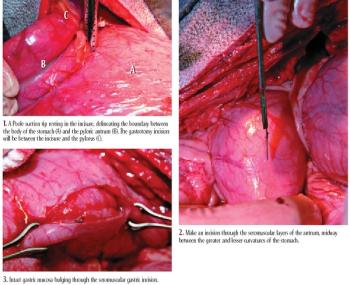
The primary indication for gastropexy is to prevent the development or recurrence of gastric dilatation-volvulus.

Ever wonder what surgery is like from the pet's perspective? Your clients do.

When stabilizing a cranial cruciate ligament injury, locating the hole drilled in the tibial crest by using the free end of a wire can be frustrating.